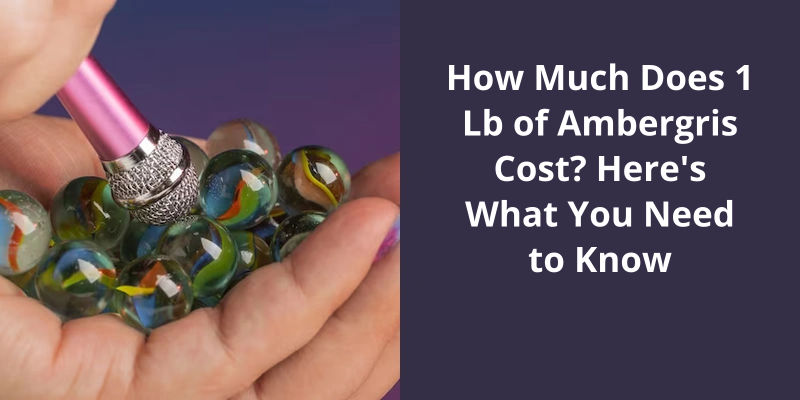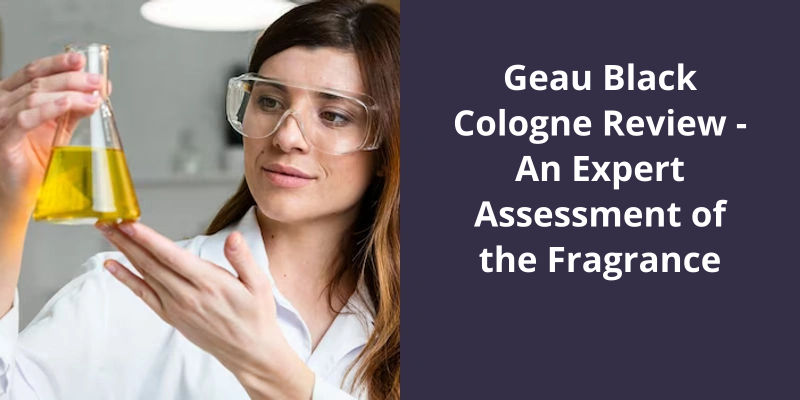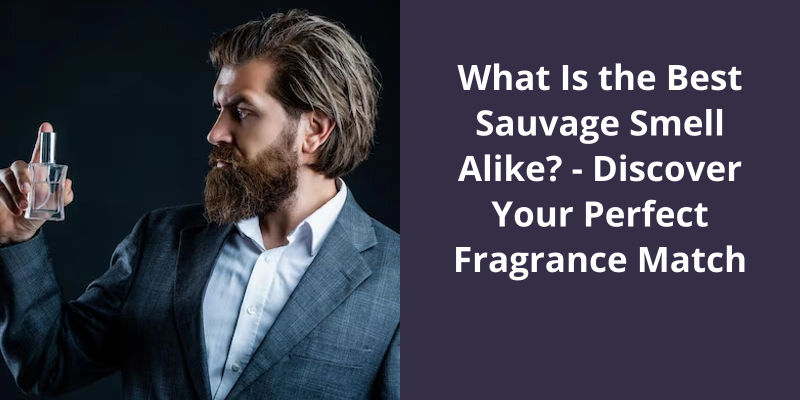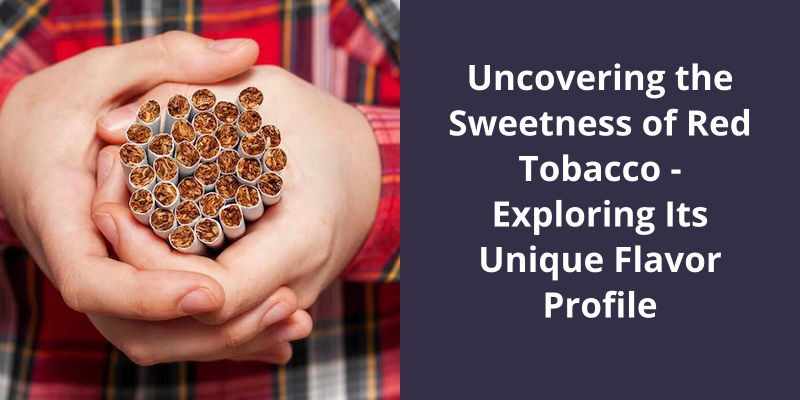The cost of 1 lb of Ambergris can significantly vary due to its rarity and demand. It’s hard to pinpoint an exact price but it’s widely reported that high quality Ambergris, which is often used in high-end perfumes, can fetch anywhere between $10,000 to $50,000 per pound. The price depends on factors like the quality, age, and location where it’s found. However, it’s worth noting that trading Ambergris is illegal in some countries, including the U.S, under laws related to the protection of endangered species.

What Is the Current Price of Ambergris?
Ambergris is a substance that’s fascinated people for centuries. It’s a waxy substance produced in the digestive system of sperm whales and is often described as having a musky, earthy scent. This substance is highly coveted in the perfume industry because it helps to fix the scent of perfumes, giving them staying power. As a result, the current price of ambergris is quite high, with higher-quality specimens fetching prices of more than $27 per gram.
Finding ambergris can be a lucrative business, with some fishers reporting finds worth as much as £1.5 million. However, the hunt for ambergris can be dangerous, as it often requires diving in treacherous waters in search of floating chunks of the substance. This dangerous aspect of the hunt has led to some accidents over the years, making it a potentially risky pursuit.
Despite the risks involved, many people are willing to take on the challenge of finding ambergris due to the potential rewards. A single chunk of this waxy substance could be worth a small fortune, making it an attractive prospect for those who’re willing to put in the effort required to find it.
One reason for the high price of ambergris is it’s scarcity. Sperm whales are the only animals that produce this substance, and it’s estimated that only a small percentage of these giants actually produce the substance. This means that demand often outstrips supply, leading to high prices in the marketplace.
In recent years, there have been concerns about the ethics of hunting for ambergris. Some animal rights activists argue that the practice is cruel and unnecessary, and that alternatives to using ambergris in perfume production should be explored.
The Science Behind How Ambergris Is Formed in the Bodies of Sperm Whales
Ambergris is formed in the digestive system of sperm whales and is a product of indigestible squid beaks and other debris that are trapped in the whale’s intestines. Over time, the debris gets coated with a waxy substance called bile and is eventually expelled by the whale as a lump. This lump eventually becomes ambergris, a highly sought-after substance used in perfume-making. The precise mechanisms behind the formation of ambergris aren’t yet fully understood.
Despite it’s historical use in perfume-making, ambergris collection and trade is illegal in the United States due to it’s status as a byproduct of endangered marine mammal species. Possession, sale, and purchase of ambergris is strictly prohibited by law, with violators facing hefty fines, seizures, and even imprisonment. So, what’re the legal alternatives to this elusive and highly prized ingredient in modern perfumery? Let’s explore some of the viable and sustainable substitutes available to perfumers today.
Is Ambergris Legal in USA?
Ambergris is a natural, waxy substance that forms in the intestines of sperm whales. For centuries, this highly prized material has been used in perfumes, incense, and traditional medicines. However, the use of ambergris has long been a controversial issue because of the ecological impact of the sperm whale population.
In the United States, the Endangered Species Act of 1973 prohibits the harvest, trade, and sale of ambergris because it’s considered a part of the sperm whale, which is listed as an endangered species. Under this law, it’s a federal crime to collect, keep, or sell any part of a sperm whale, including ambergris.
The law is enforced by the National Oceanic and Atmospheric Administration (NOAA) and the US Fish and Wildlife Service. Violations can result in significant fines, imprisonment, and the confiscation of ambergris and any equipment used to collect it.
While the exact value of ambergris varies depending on a number of factors, including it’s quality and geographic origin, it’s been known to sell for thousands or even tens of thousands of dollars per pound. However, the high prices and allure of ambergris don’t justify breaking the law and endangering an already vulnerable species.
In recent years, synthetic alternatives to ambergris have been developed, and many high-end perfumers and other industries have shifted towards using these substitutes. While the use of natural ambergris may still be legal in some other countries, including some in Europe, it remains strictly prohibited in the US.
Overall, it’s important to remember that the protection of endangered species is a critical priority for environmental conservation. While the use of ambergris may continue in some form, it should always be done in an ethical and sustainable way that doesn’t harm the environment or animal populations.
The Impact of Ambergris Harvesting on Sperm Whale Populations and the Environment
Ambergris, a valuable substance found in the digestive systems of sperm whales, is harvested for use in perfumes, causing a detrimental impact on sperm whale populations and the environment.
Now that we know which countries are importing Ambergris, it’s important to understand who exactly is buying this rare and valuable substance. The demand for Ambergris comes primarily from the perfume industry, with high-end fragrance companies using it as a key ingredient in their products. Let’s dive deeper into the world of Ambergris and explore it’s uses and values.
Who Are the Buyers of Ambergris?
Ambergris is a rare substance that attracts buyers from all around the world, with a particular focus in Europe. While it’s rare, the demand for ambergris has steadily climbed over the years due to it’s unique fragrance properties. The buyers of ambergris are typically perfumers, luxury perfume brands, and affluent individuals who value the rare, exotic scent that ambergris provides. The high price point of ambergris means that buyers are typically those who can afford to pay a premium for quality and uniqueness.
As mentioned, the top three importers of ambergris are Italy, Germany, and the Netherlands. These countries have a strong tradition of perfumery and are known for producing some of the highest quality fragrances in the world. Germany and the Netherlands have a more diverse range of buyers, including perfumers, private individuals, and traders who sell to a global market.
This has opened up the market for ambergris to a broader audience, making it more accessible to buyers from all income levels. With the rise of e-commerce, it’s also easier than ever to buy ambergris online from reputable sources, further expanding the market for this rare substance.
However, the ethical implications of ambergris sourcing can’t be ignored. While it’s technically a natural substance produced by sperm whales, the process of harvesting ambergris often involves killing the animals. This has led to international uproar over the ethics of ambergris sourcing, and some perfume brands are now looking for alternatives. Synthetic ambergris, for instance, is being developed as a more ethical alternative to the real thing, and this could have a significant impact on the ambergris market in the future.
While the ethics of ambergris sourcing are still being debated, the demand for this unique substance remains high, and it’s likely that new and innovative ways of sourcing and creating ambergris will emerge in the coming years.
History of Ambergris: It’s Use in Perfumery and Medicine
Ambergris is a substance formed in the digestive system of sperm whales. It’s been used in perfumery and medicine for centuries. It’s unique scent and fixative properties make it a valuable ingredient in high-end fragrances. In medicine, it was used as a gastrointestinal medicine and aphrodisiac. However, with the decline in whale hunting and the increasing popularity of synthetic fragrances, it’s use has diminished in recent years.
Source: Ambergris Imports in World – Volza.com
Conclusion
In conclusion, the discovery of a large piece of ambergris on a beach in England is both rare and fortunate. This rocklike substance, known for it’s unique scent, is highly sought after and can fetch up to $10,000 per pound. It’s fascinating to consider how a young child was able to stumble upon such a valuable substance, highlighting the unpredictable nature of nature itself. The discovery of ambergris continues to capture the imagination of many, reminding us of the beauty and intrigue of the natural world.





